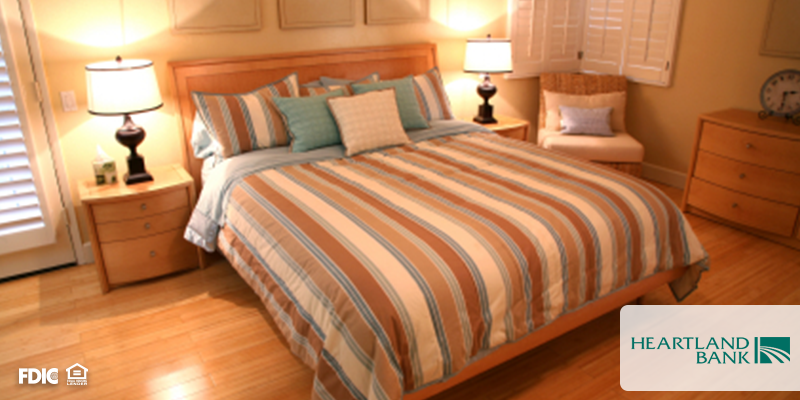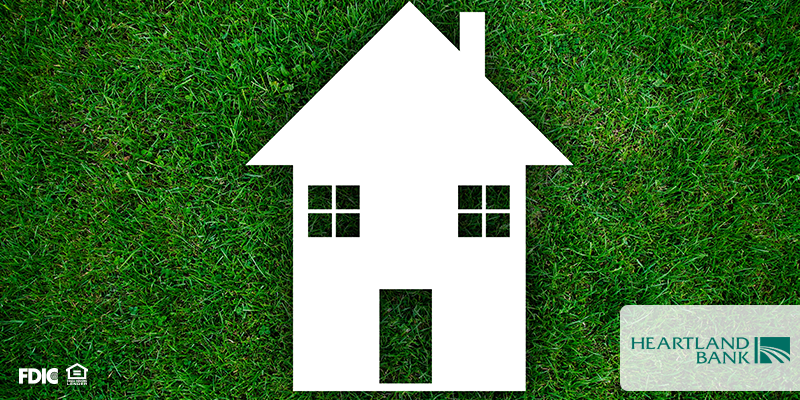
The journey to becoming a first time owner is an exciting and personal process. With questions ranging from price, commodities, to neighborhoods and more, the task of finding your ideal property can seem daunting. At Heartland Bank we want to help you make the most of your home buying experience with our guided route to home ownership. Sit back, relax, and enjoy the view as we take you step by step through the first time home buying process.
- Assess your personal finances. Take a good hard look at your current sources of income, in addition to the underlying expenses you have each month. Determine if your funds can support the cost of a monthly mortgage, property taxes, home insurance, and all the other associated costs of home ownership.
- Mortgage Pre-Approval. Once you’ve decided to make the jump into home ownership it’s time to determine what your ideal purchase price will look like. Work with your mortgage lender to decide on the best price range for you and your family. After determining your financing needs together, the bank will evaluate your credit history award you with a pre-approval letter for the amount they will agree to finance.
- Find “The House.” Here comes the fun part – house hunting! Pair up with a reputable realtor from the area to look at houses that do not exceed the approved purchase price. You may look at six homes, or thirteen, but once you find the right property you’ll know it’s the one!
- Get an approved offer. After touring the property and checking for any major repairs, speak with your realtor about putting in an offer on the house at price within your budget. The seller may counter with a different price point, and negotiations for the offer can be discussed with your realtor. When you and the seller have agreed to a purchase price and a finalized offer is signed you officially have an accepted offer to purchase your future home!
- Speak with your mortgage lender. Now that you’ve found your new place, your mortgage lender can gather accurate tax information and further specifics for your mortgage financing. Reach out to confirm the terms of the loan prior to closing to help ensure a smooth transition.
- Home Inspection. Since you and the buyer now have an accepted agreement it’s time to fully inspect the property you intend on buying. Speak with your realtor for recommended home inspectors in the area, and set up a time when both you and the realtor can be present. The home inspector will detail notes about the property concerning safety hazards and other important repairs that be taken care of at the sellers expense.
- Close the offer. After all the paperwork is finalized, and you complete the final walk through of the home, it’s finally time receive your mortgage financing and close the home offer.
- The House is yours. All your hard work has paid off and you are now a home owner! Celebrate this monumental achievement by inviting family and friends over for a moving or house warming party!
Whether you’re looking for a peaceful cottage in the country, new construction in the city, or a happy hideaway in the suburbs, Heartland Bank can help you with all your financing needs. Stop by the bank or give us a call at (515) 352-3181 and get started on your home buying journey today!



